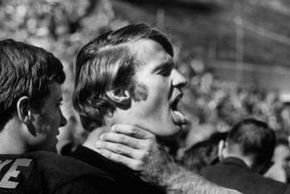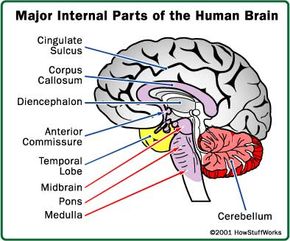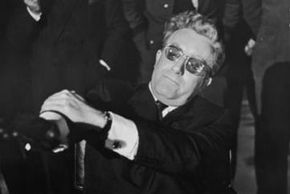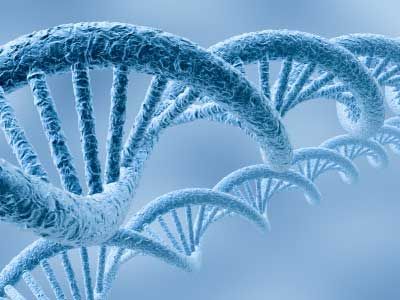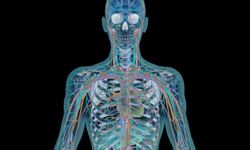Key Takeaways
- Alien hand syndrome is a rare neurological condition where a person's hand acts involuntarily, seemingly with a mind of its own.
- It's caused by damage to the corpus callosum or other brain regions, leading to disconnection between hemispheres and loss of voluntary control.
- Affected individuals may experience their hand performing actions contrary to their intentions, leading to frustration and challenges in daily life.
Picture this scenario: You're napping on a breezy Sunday afternoon in the hammock of your backyard, enjoying the peace and quiet of your suburban utopia. Slowly, your left hand eases up, wraps around your neck and you awake to find your own hand locked in a kung-fu grip on your throat. You pry it loose with your other hand, finger by finger, until it relents and you're left there staring at a hand that suddenly doesn't feel like your own. While it sounds like something from a B-grade horror movie, it's actually a very odd and very real medical condition known as "alien hand syndrome" (AHS).
In this article, we'll explain exactly what alien hand syndrome is, check out the brain function behind it and examine how pop culture seems to be hooked on this unusual condition.
Advertisement
Exactly what is Alien Hand Syndrome?
Alien hand syndrome is a rare neurological disorder in which one hand functions involuntarily, with the victim completely unaware of its action. While the example above may be extreme, people who suffer from AHS have exhibited similar symptoms in certain cases. Less horrifying symptoms include involuntary reaching and grasping, touching the face or tearing at clothing. More extreme cases have involved involuntarily stuffing food in the mouth, preventing the normal hand from completing simple tasks and self inflicted punching or choking. While it's viewed as more of a nuisance than a medical threat, its sufferers often experience psychological problems and embarrassment and are occasionally put in harm's way as result of the renegade limb's actions [source: Turkington].
AHS differs from other conditions of involuntary limb movement in that the actions of the affected limb have purpose and are goal-oriented. The affected hand will pick up an object and attempt to use it, or will perform a simple task, such as buttoning and unbuttoning a shirt. Patients retain all sense of feeling in the alien hand, but they often describe feelings of disassociation. Patients may also exhibit strange behaviors, such as speaking to the hand, claiming demonic possession or referring to it in the third person [source: Goldberg].
Also known as anarchic hand, AHS was first identified in 1909 and there have only been 40 to 50 recorded cases since. It's believed that other instances may have been misdiagnosed as part of an existing mental health disorder. The rarity and non-threatening nature of AHS has led to infrequent research and a lack of hard data, resulting in a condition that's largely mysterious. Very recently, however, new clues have been uncovered that help pinpoint the part of the brain that is active during AHS episodes [source: Kumral].
In the next section, we'll look at the brain function behind AHS.
Advertisement
